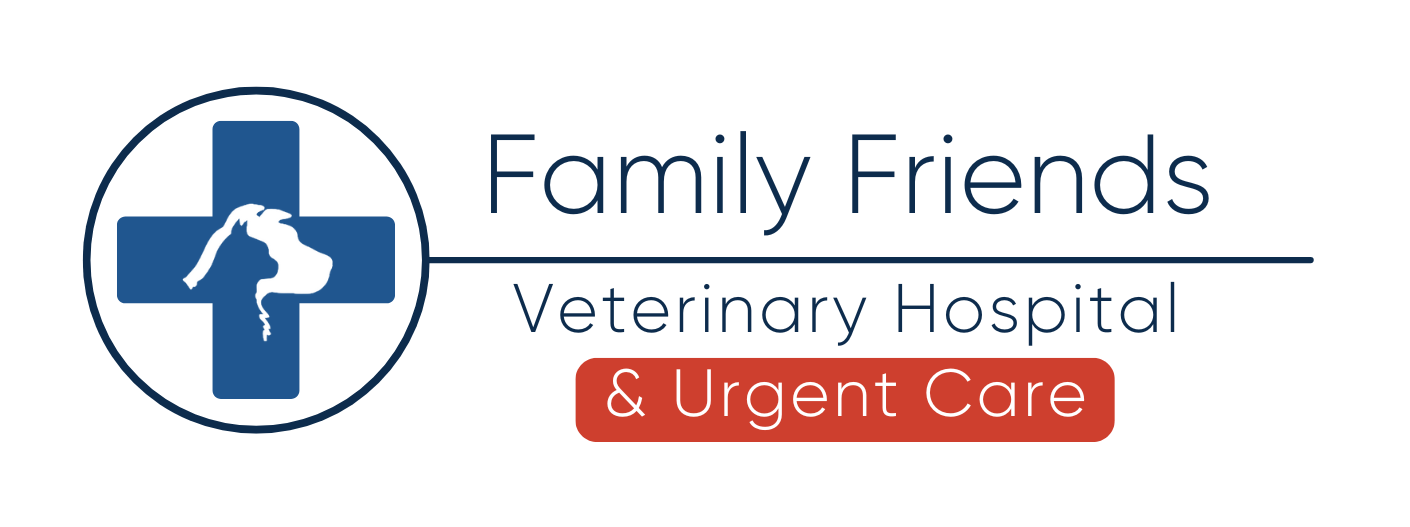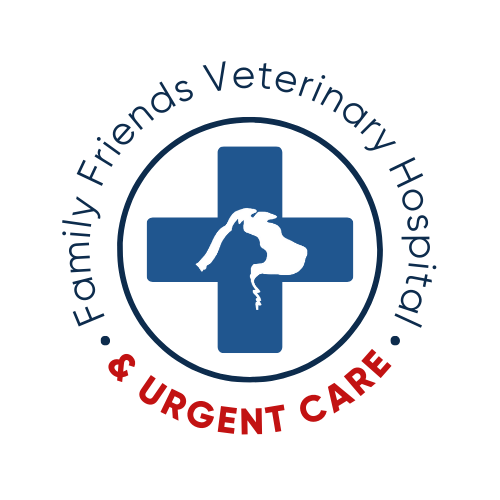Introduction
As we observe Pet Cancer Awareness Month, it’s crucial to delve into this topic with depth and empathy. Our furry companions are not immune to the devastating effects of cancer, and understanding, prevention, treatment and support are vital components of our commitment to their well-being.
Understanding Pet Cancer
Cancer is a complex disease characterized by the uncontrolled growth of abnormal cells in the body. In pets, cancer can manifest in various forms, including tumors, leukemia, and lymphoma. Just like in humans, the causes of cancer in pets are multifaceted and can include genetic predisposition, environmental factors, diet, and lifestyle.
Common types of cancer in pets include:
- Lymphoma: A cancer of the lymphatic system, which includes the lymph nodes, spleen, and bone marrow. It often presents as swollen lymph nodes, lethargy, and weight loss.
- Mammary Cancer: Most common in female dogs, mammary cancer involves the development of tumors in the mammary glands. Early spaying can significantly reduce the risk of this type of cancer.
- Hemangiosarcoma: This aggressive cancer originates in the cells lining blood vessels and commonly affects the spleen, heart, and liver. Symptoms may include weakness, collapse, and abdominal swelling.
- Osteosarcoma: A bone cancer that predominantly affects large and giant dog breeds. Limb lameness and swelling are common signs of osteosarcoma.
- Melanoma: Typically found in the mouth or on the skin, melanoma in pets can be malignant or benign. Regular veterinary check-ups are essential for early detection.
Prevention Strategies
While cancer prevention in pets may not be entirely possible, certain measures can reduce the risk or detect cancer in its early stages:
- Regular Veterinary Check-ups: Routine examinations by a veterinarian can help detect any abnormalities or early signs of cancer. Early detection often leads to more successful treatment outcomes.
- Healthy Lifestyle: Providing pets with a balanced diet, regular exercise, and maintaining a healthy weight can contribute to overall well-being and potentially reduce the risk of cancer.
- Spaying and Neutering: In addition to preventing unwanted litters, spaying and neutering can reduce the risk of certain cancers, such as mammary and testicular cancer.
- Limiting Exposure to Carcinogens: Minimizing exposure to environmental toxins, such as cigarette smoke, pesticides, and certain chemicals, can help lower the risk of cancer.
- Vaccinations: Some vaccines can protect against viruses known to cause cancer in pets, such as the feline leukemia virus (FeLV) and the canine papillomavirus (CPV).
Treatment Options for Pet Cancer:
When a pet is diagnosed with cancer, there are various treatment options available, each tailored to the specific type and stage of cancer, as well as the pet’s overall health and quality of life. The primary goals of cancer treatment in pets are to eradicate or control the disease, alleviate symptoms, and improve the pet’s quality of life. Here are some common treatment modalities:
- Surgery: Surgery is often the initial treatment for localized tumors that are amenable to surgical removal. The goal is to excise the tumor with clear margins while preserving surrounding healthy tissue. In some cases, surgery may be curative, especially if the cancer has not spread to other parts of the body.
- Chemotherapy: Chemotherapy involves the administration of anti-cancer drugs to kill cancer cells or inhibit their growth. While chemotherapy in pets may evoke concerns about side effects, modern veterinary oncology aims to minimize these effects while maximizing the treatment’s efficacy. Chemotherapy protocols are often customized based on the type of cancer, the pet’s tolerance, and the desired outcome.
- Radiation Therapy: Radiation therapy uses high-energy radiation beams to target and destroy cancer cells. It is commonly employed for localized tumors that are not amenable to surgical removal or as an adjuvant therapy following surgery to eliminate residual cancer cells. Radiation therapy can help alleviate pain and discomfort associated with tumors and improve the pet’s quality of life.
- Immunotherapy: Immunotherapy harnesses the body’s immune system to recognize and attack cancer cells. This approach may involve vaccines, immune checkpoint inhibitors, or other immunomodulatory agents designed to enhance the immune response against cancer. Immunotherapy holds promise as a treatment option for certain types of cancer in pets and is an area of active research and development.
- Palliative Care: Palliative care focuses on relieving symptoms and improving the quality of life for pets with advanced or incurable cancer. This may involve pain management, nutritional support, and supportive therapies to address specific symptoms such as nausea, fatigue, or difficulty breathing. Palliative care aims to ensure that pets remain comfortable and maintain dignity throughout their illness.
- Clinical Trials: Participating in clinical trials can provide access to novel therapies and cutting-edge treatments for pet cancer. Veterinary oncology research continues to advance, and clinical trials play a crucial role in evaluating the safety and efficacy of new treatment modalities. Pet owners interested in clinical trials should consult with their veterinarian or a veterinary oncologist to explore available options.
It’s essential for pet owners to work closely with their veterinarian or a board-certified veterinary oncologist to determine the most appropriate treatment plan for their pet’s specific condition.
Supporting Pets with Cancer
Receiving a cancer diagnosis for a beloved pet can be overwhelming and emotionally challenging. However, there are various ways to support pets and their owners through this difficult journey:
- Compassionate Veterinary Care: Establishing a partnership with a veterinarian who specializes in oncology is crucial for developing a tailored treatment plan and providing compassionate care throughout the process.
- Education and Resources: Veterinary hospitals and organizations often provide educational materials and resources to help pet owners understand their pet’s diagnosis, treatment options, and prognosis.
- Emotional Support: Pets and their owners may benefit from emotional support services, such as pet loss support groups, counseling, and online communities where they can connect with others who are experiencing similar challenges.
- Quality of Life Considerations: As pets undergo treatment for cancer, maintaining their quality of life is paramount. This may involve pain management, dietary adjustments, and modifications to their daily routine to accommodate any physical limitations.
- Celebrating Milestones: Celebrating milestones, both big and small, can provide moments of joy and positivity during a challenging time. Whether it’s completing a round of chemotherapy or enjoying a special outing, acknowledging these moments can strengthen the bond between pets and their owners.
Conclusion
Open communication, informed decision-making, and compassionate care are integral aspects of navigating the treatment journey for pet cancer. With the right approach and support, many pets can enjoy an improved quality of life and precious moments with their loved ones, even in the face of a cancer diagnosis. Through education, early detection, and compassionate care, we can make a meaningful difference in the lives of our furry companions. At Family Friends Veterinary Hospital, we stand with you every step of the way, providing comprehensive care and support for pets and their families facing cancer.





